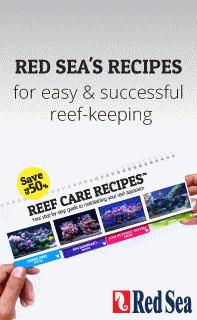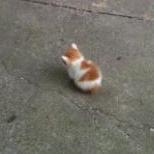-
Topics
-
Latest Update
-
-
-
0
Wts Zebra Tang, Stripey, galaxy monti, xenia
Price revised: Zebra tang (4inches) - $2200 (bought at 2.6k) Stripey, 3cm (aiptisia buster) - $120 Galaxy monti (10cm)- $20 Xenia colony- $5 each Collection at kembangan. Telegram me @caulifloweric to deal. I respond faster on tele -
15
૮꒰ ˶• ༝ •˶꒱ა ♡ Christmas One Stop Shop ♡ ૮꒰ ˶• ༝ •˶꒱ა
Am also considering on letting go my torch collection and hammer collections -
15
૮꒰ ˶• ༝ •˶꒱ა ♡ Christmas One Stop Shop ♡ ૮꒰ ˶• ༝ •˶꒱ა
Thanks for all the support so far, still have really alot of frags open, can send u photos or best, come over and see it for yourself!
-







Recommended Posts
Join the conversation
You can post now and register later. If you have an account, sign in now to post with your account.